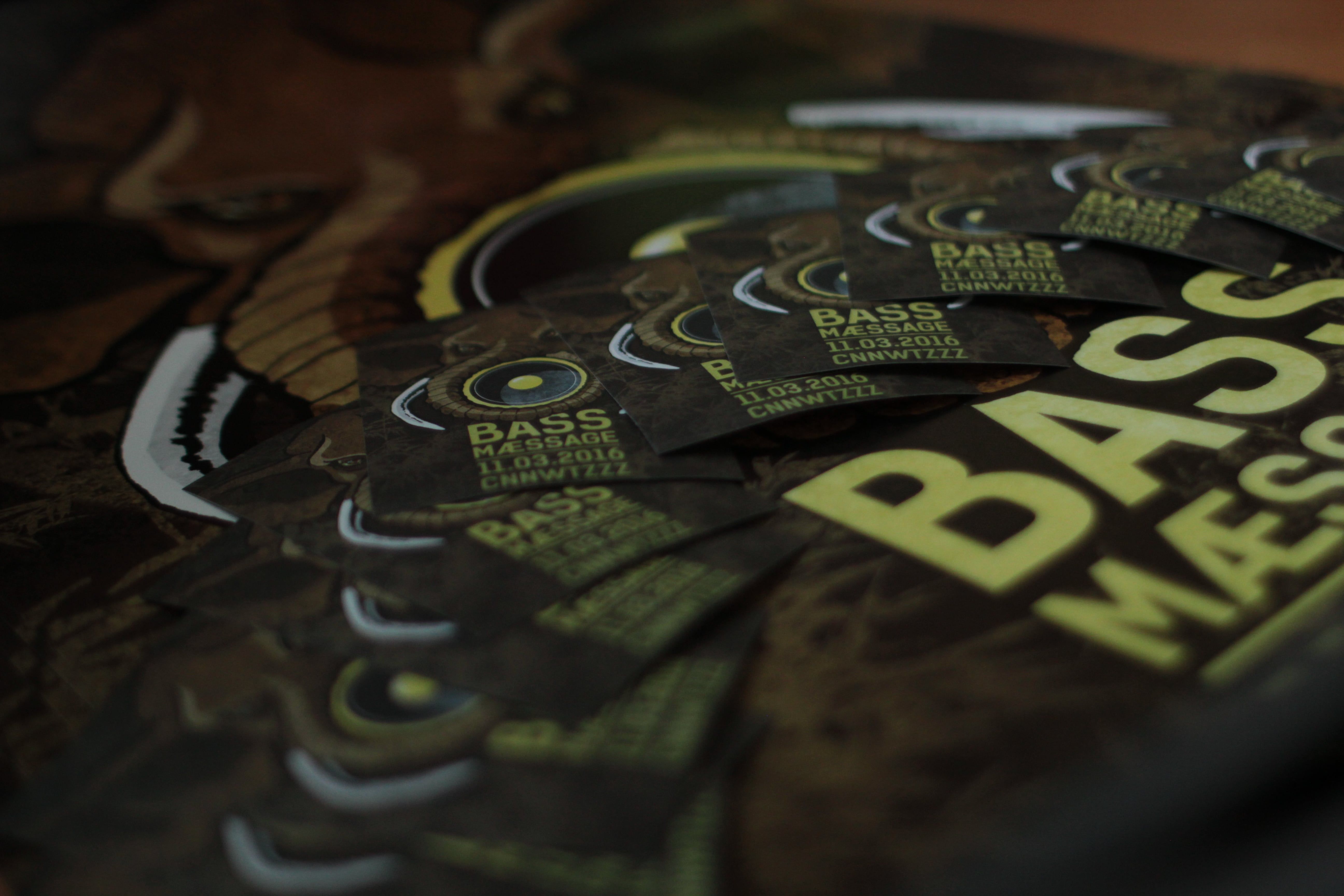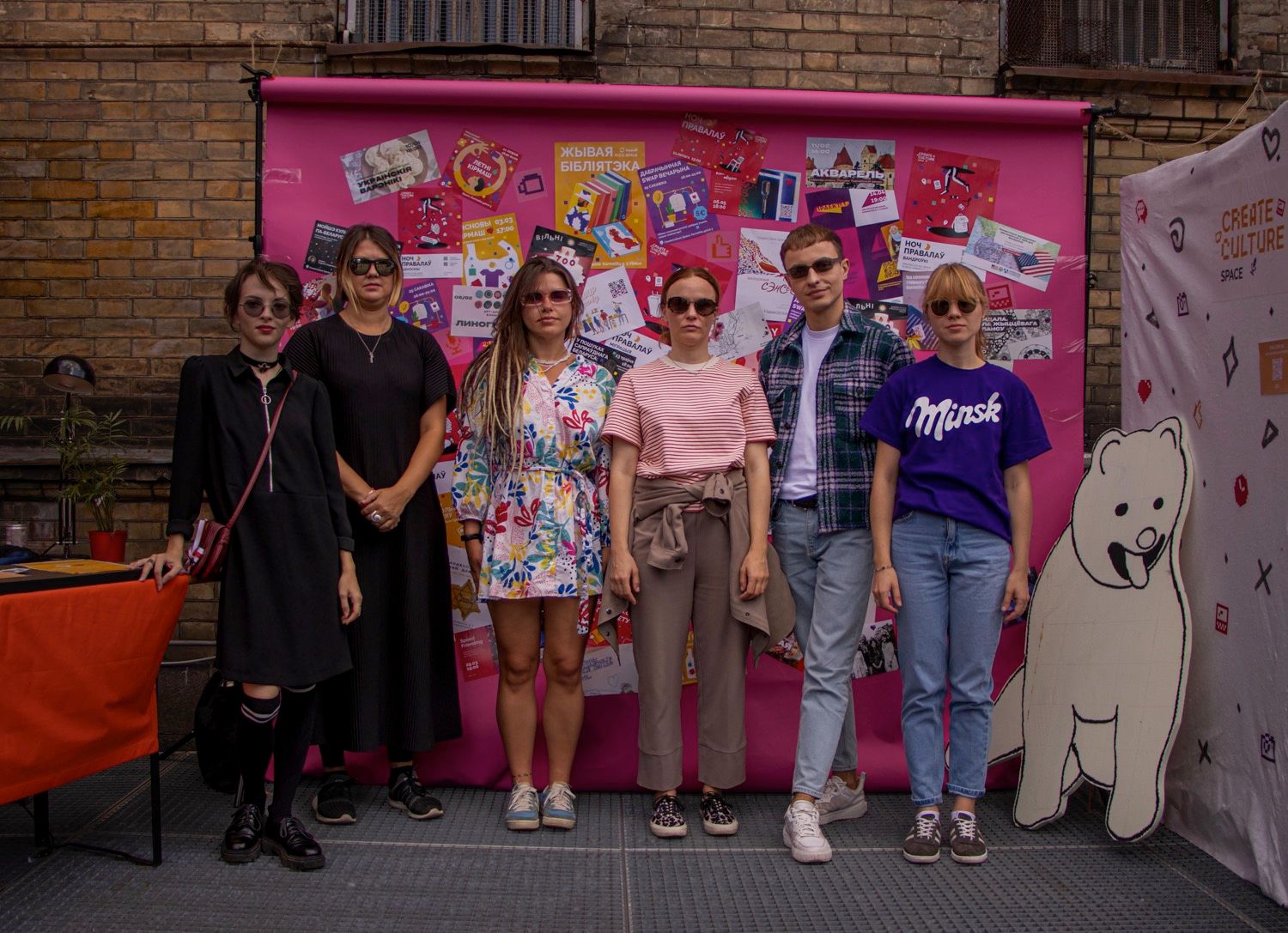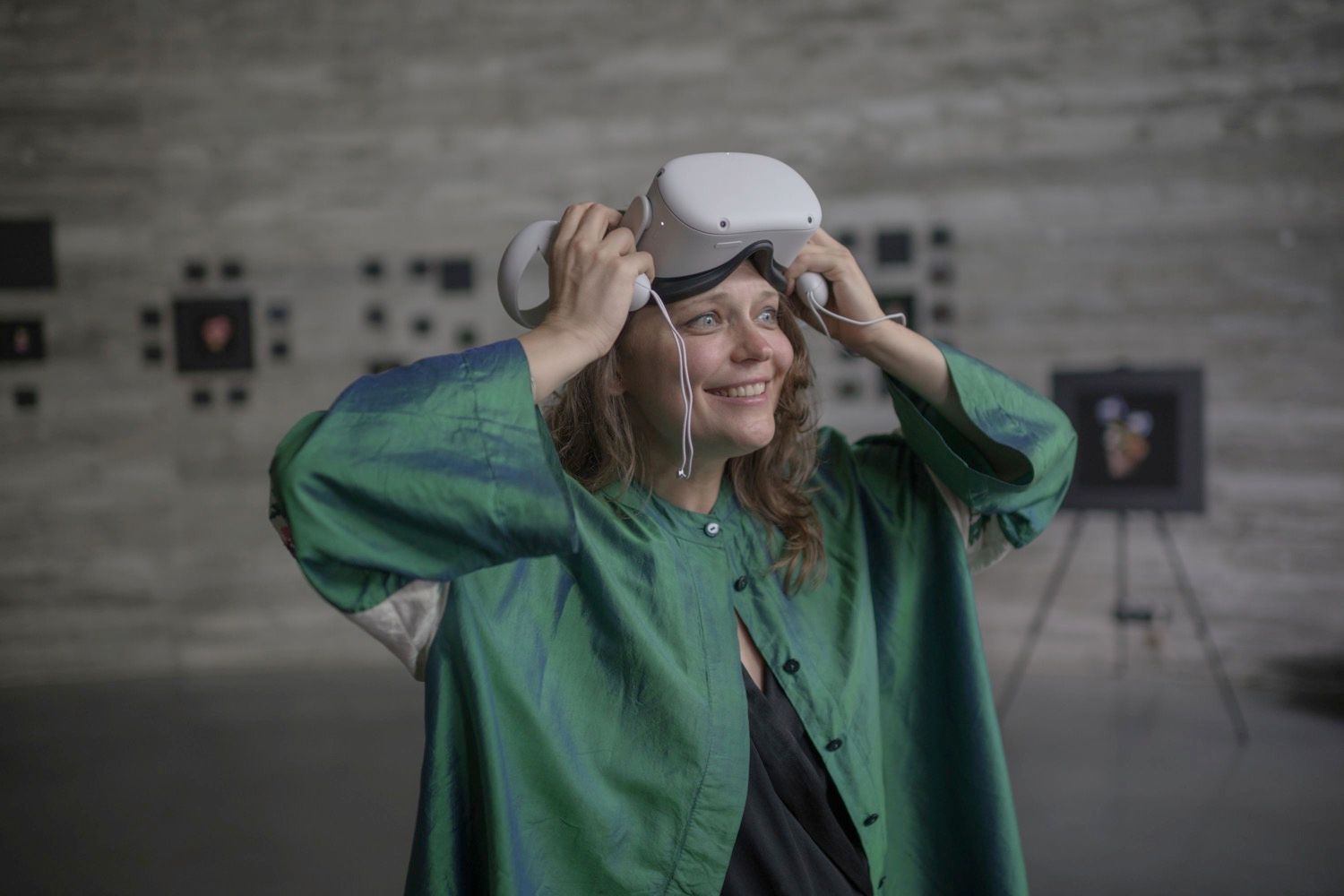Mutating jungle: producer talk with FFF
Explore the journey of an cult Dutch underground producer, from '90s cassettes to running his own vinyl label.
Author: mʊdʌki
For nearly three decades, Dutch producer and DJ Tommy de Roos, better known as FFF, has been a driving force in jungle and breakcore. Renowned for his unrelenting creativity and DIY ethos, FFF has continuously redefined breakbeat-driven music, from the raw energy of his early experiments to the rich, atmospheric soundscapes of his recent releases.
In mʊdʌki's interview for Broken News show, FFF reflects on his journey, sharing stories from his beginnings with tape loops and tracker software in the ‘90s to his current role as head of his label, 3AM Eternal. He also unpacks his production approach, offering insights into the tools and techniques that have shaped his unmistakable sound.
Step into the world of one of jungle’s most enduring and innovative producers, as he discusses the art of sampling, the thrill of crate-digging, and the balance between evolution and staying true to the underground.
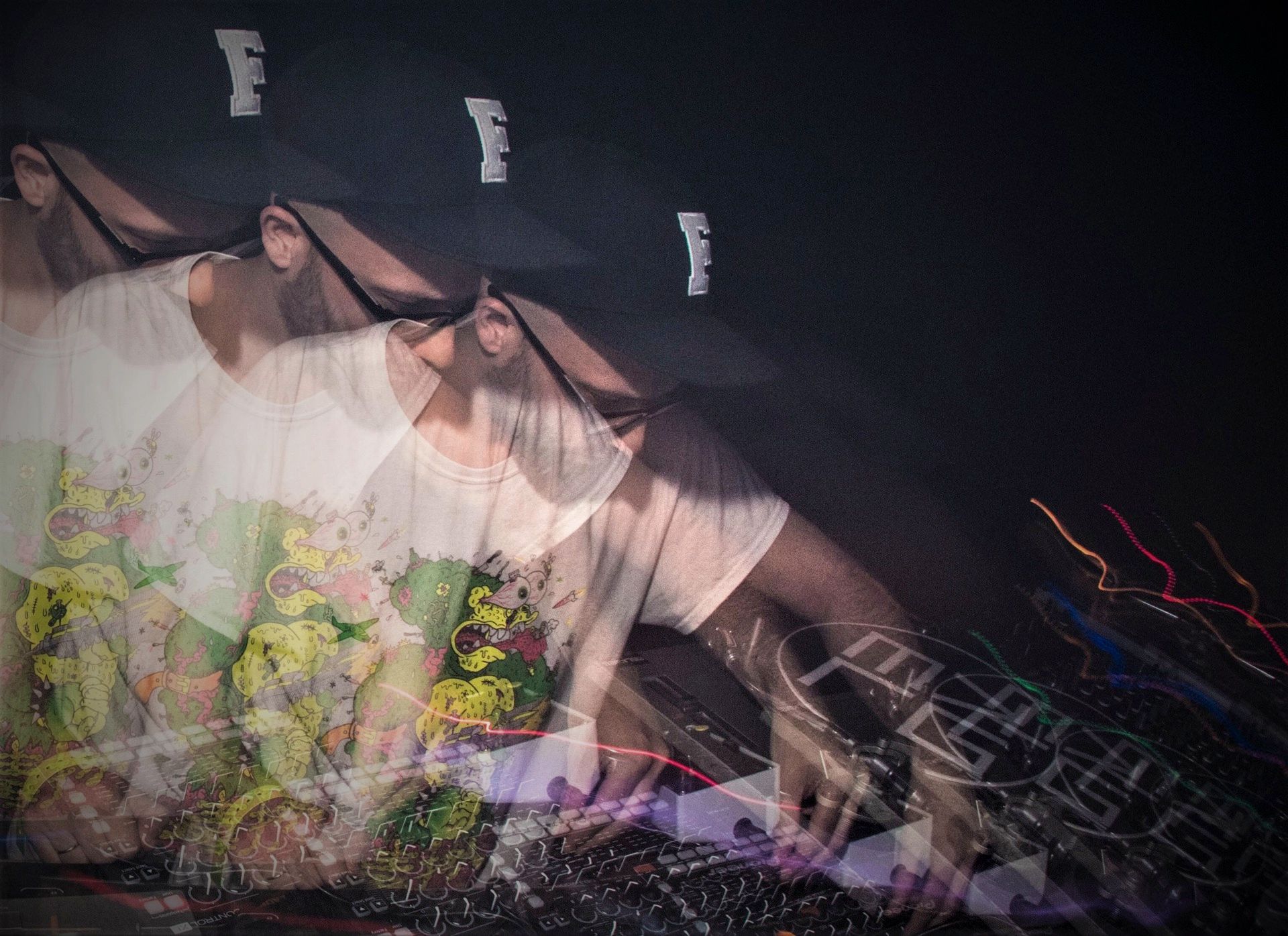
– What's your story? How'd you end up diving into the broken music scene?
– I got into DJing in the early ’90s, starting with rave music in all its forms – spinning house, techno, and the occasional UK breakbeat hardcore imports. As the music shifted and got harder and more broken by the mid-’90s, I followed suit. Early on, I was experimenting with sound – tape loops, feedback – but it wasn’t until the mid-’90s that I really started producing tracks. It was mostly jungle and the more experimental, broken side of things, influenced by labels like Digital Hardcore Recordings, Ambush and Praxis Recordings. But throughout it all, my main focus has always been on breakbeat-driven music.
– What were your first steps into production like? How did it feel, and what gear did you have to work with?
I started out with super basic gear – a mixer, some tape decks and Walkmans, and my sister's lesson keyboard. I was all about experimenting, messing with tape loops and feedback. I rigged up a simple DJ mixer and a tape deck to create a feedback loop I could control with a fader. I'd run tape loops with breaks or kicks through it, creating this distorted, noisy chaos.
Back then, I’d mess around with tracker software at friends’ houses until my parents got a PC in the mid-’90s. That was a game-changer. I dived headfirst into making proper tracks using FastTracker. I’d edit samples in SoundForge – adding reverb, distortion, and whatever else I could think of – and sometimes run them through guitar pedals for extra effects. Those samples would go straight into FastTracker, where I’d chop them up and arrange everything. It was raw, hands-on, and endlessly addictive.
![]()
– What were the weirdest or funniest tape loops you ended up creating?
– Tough question. I mostly stuck to looping breaks or kicks back then, mainly because sequencing options were limited. It’s been so long, I can’t really remember any specific loops. I should probably check if I can dig up any of those old recordings.
– Sampling: What are your top 3 ways to find the perfect sound?
– Crate digging, searching for perfect sounds to manipulate. But I also love listening to loads of music for inspiration. Getting lost in effects and creating something totally new from old sounds is a big part of the process. I enjoy blending different time periods and styles, like time traveling through sound.
– How does it feel when you’re digging? Do you hear the future beat right away?
– When I’m digging, I’ll usually check out the sleeve info – looking for artists I like or seeing what instruments are used. Sometimes it’s the artwork or the titles that catch my attention. It’s always a bit of a gamble, but that’s what makes it fun. It could be a perfect synth hook, a drum loop, or even just a single note that clicks. I can tell instantly if something’s useful. Some samples sit in my archive for years before I use them, but they always find their moment.
Sometimes I hear the beat in my head right away, but other times it evolves into something completely different during the process. The perfect sample is the one that sparks instant inspiration and makes me want to get to work right away.
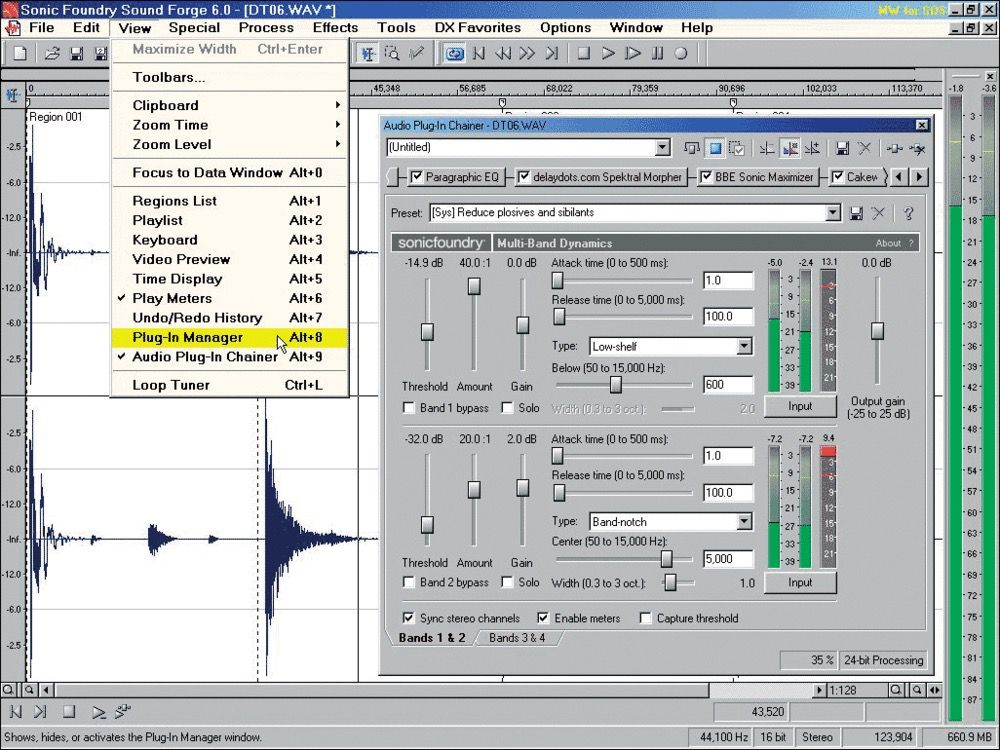
– What was your first PC setup like – software, workflow, composing, exporting?
– My first PC setup had FastTracker for programming tunes and Sonic Foundry Sound Forge for editing and recording samples. I also used some guitar pedals (distortion, delay, and reverb) to manipulate samples, plus a minidisc recorder and a tape deck. I’d play samples through the pedals or mess around with them in Sound Forge, then chop them up and rearrange in FastTracker. When a track was finished, it was usually too big to save on a floppy, so I’d record it to minidisc instead. Sadly, storage was limited (it was my parents' PC, and they sometimes needed it too, so I have very few backups of my early tracks, just minidiscs or tapes. Not that it matters much, most of those early tunes sound pretty rough anyway.
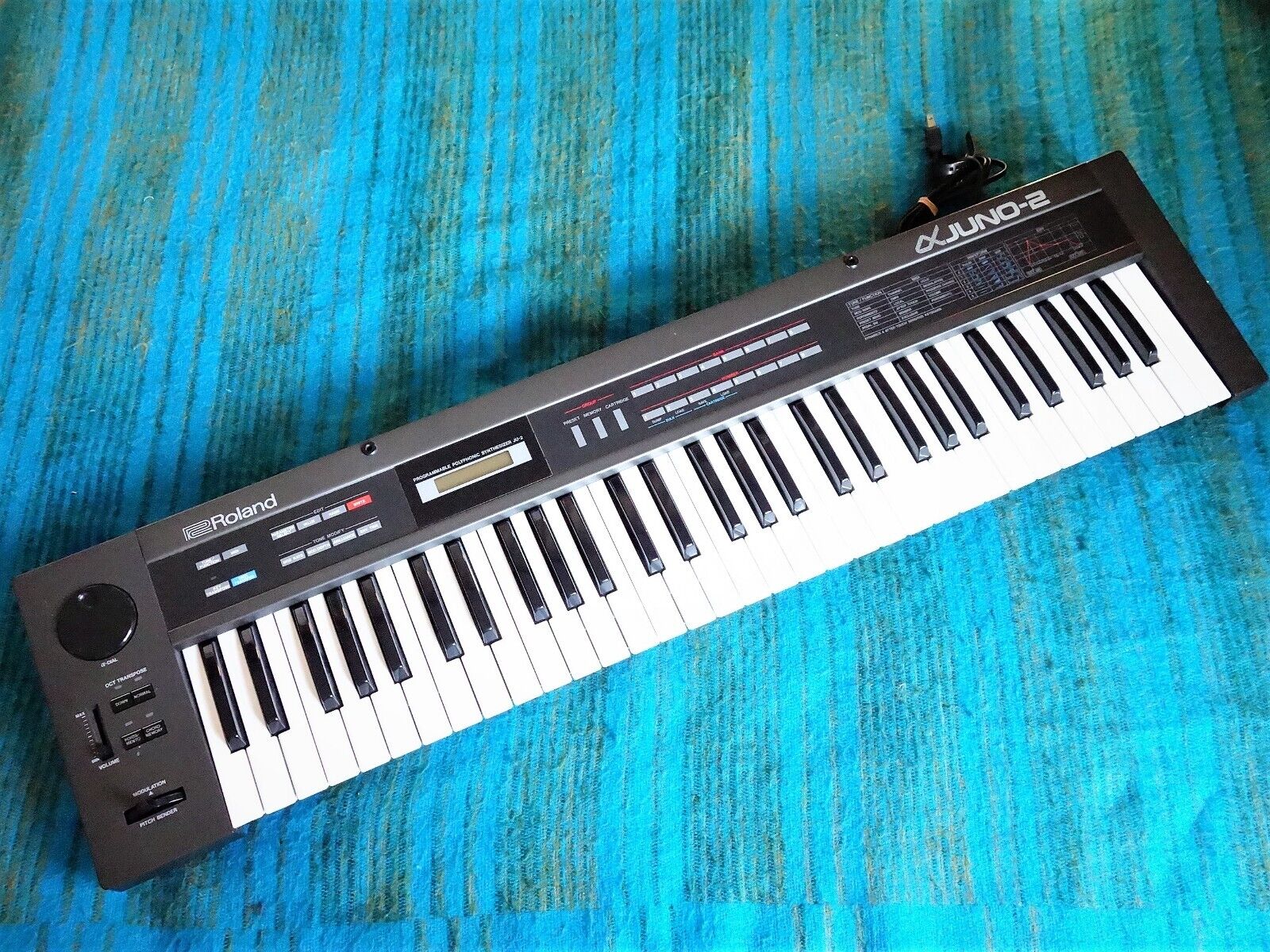
– What are your preferred software and workflow today?
– I’m still using Renoise! My workflow hasn’t changed much from the '90s; it’s just a different tracker now. I mostly manipulate samples directly in the tracker these days, but I still use SoundForge for recording samples. The biggest difference now is that I’ve got access to VST effects and synths.
– Tell us about your favorite hardware and software soundwave generators.
– I don’t have much hardware, just an Alpha Juno II. For VSTs, I mainly use the virtual Korg M1, Fairlight, and a bunch of FM synths.
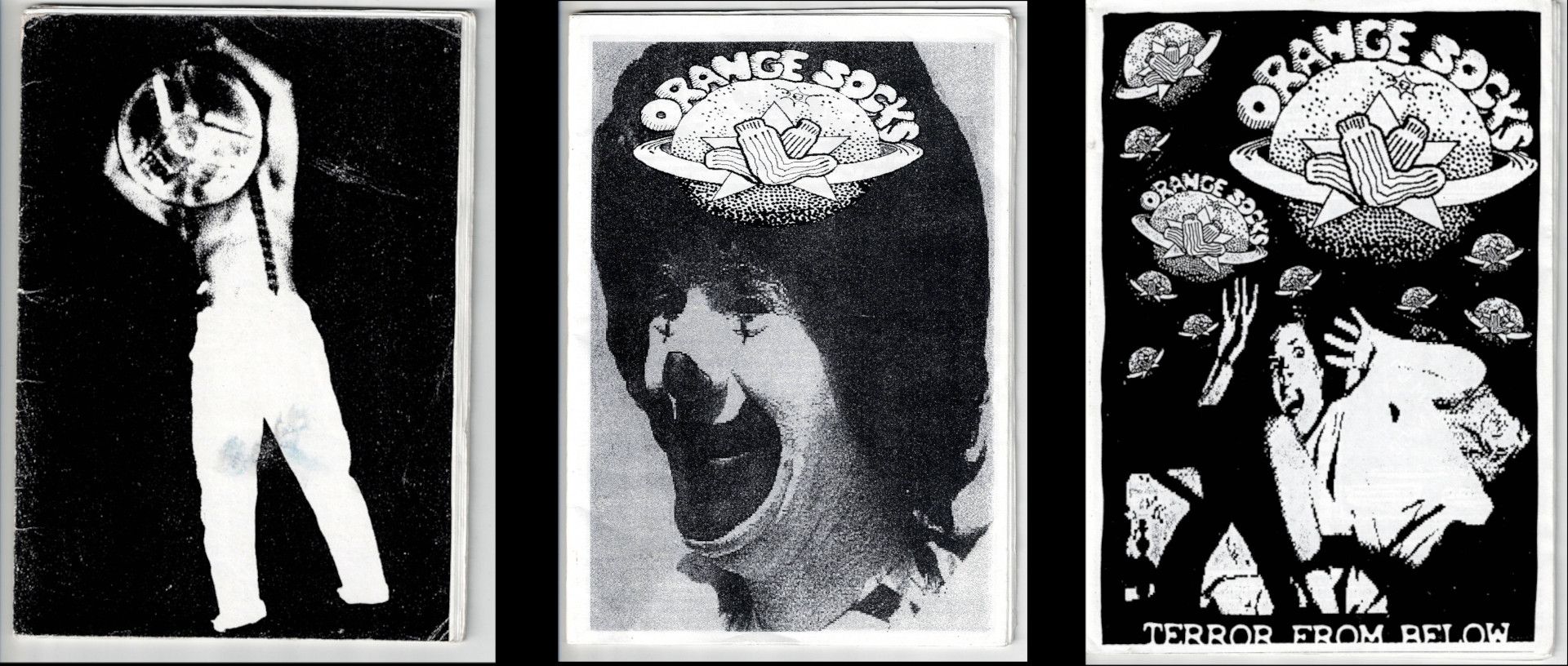
– When did you start releasing music, and how did it all begin?
– It all started in the late '90s with DIY cassette releases. I had my own label, called "Orange Socks," and I was featured on a lot of compilations. These tapes were mainly traded through mail with other labels and artists worldwide. Around this time, I also started a fanzine, also called "Orange Socks," where my friends and I wrote reviews, scene reports, and interviews. We’d copy the zines on supermarket and library copy machines and spread them through the same networks of tape traders and underground shops.
My first vinyl releases came around 2000/2001 with several projects: Rebel Assault (digital hardcore), FCKN BSTRDS (noise collective), and my first FFF release. Up until 2020, I only released music on other people’s labels. In 2020, I launched my own vinyl label called 3AM Eternal.
– What drives you to run a production label, and what obstacles are you facing? How does it contribute to the community?
– The main drive is having more control over my own music and being able to release tracks from artists I love. The biggest obstacle is that sales aren’t moving as quickly as they used to. As for the community, I just want to bring good music to the scene and collaborate with talented people.
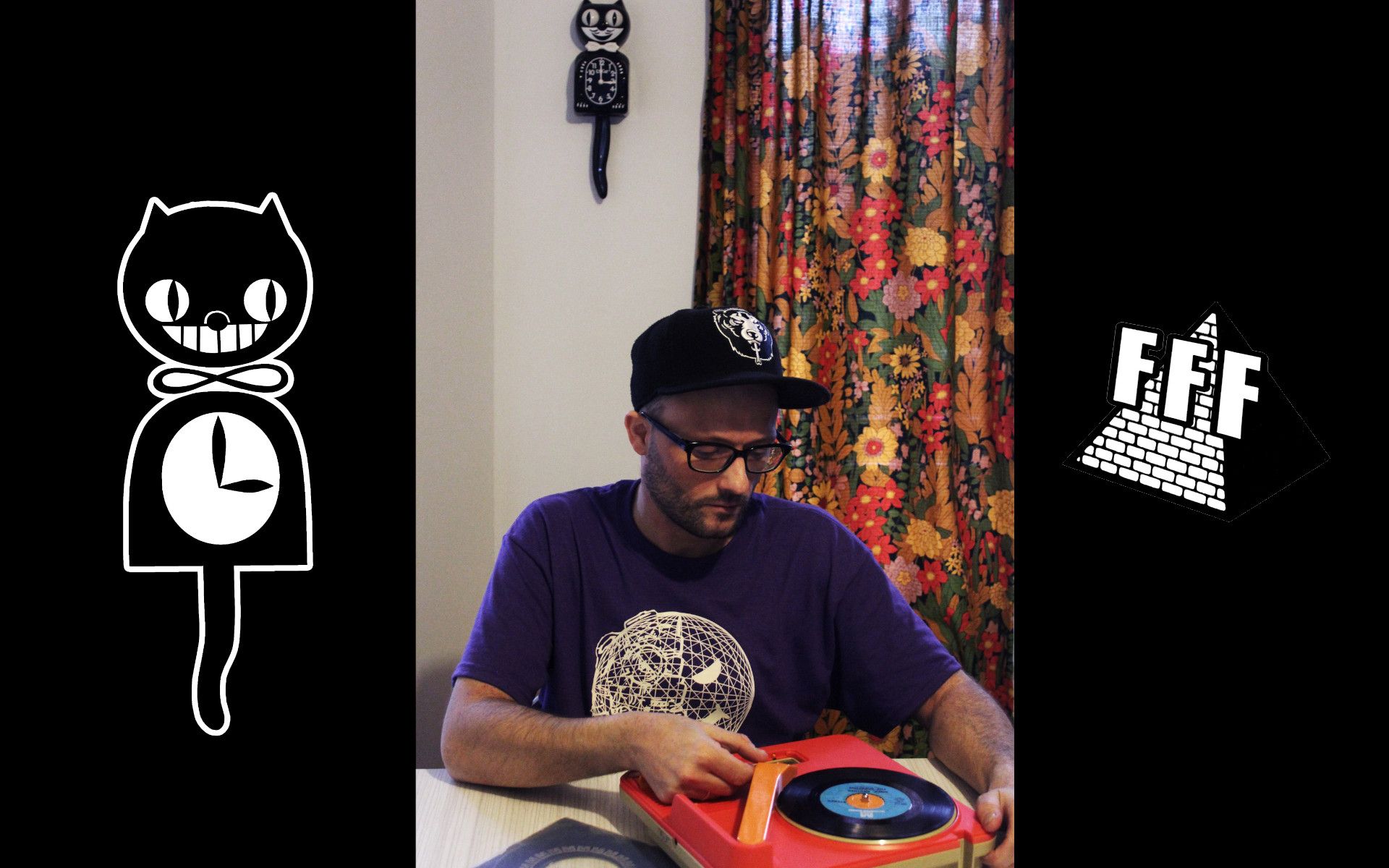
– Vinyl, tape, or CD?
– I love vinyl and tapes. CDs are okay if there’s no other option.
– A bit about the mixtape.
– It’s a mix of some of my favorite tunes from 2024, along with a few amazing upcoming tracks.
<iframe width="100%" height="300" scrolling="no" frameborder="no" allow="autoplay" src="https://w.soundcloud.com/player/?url=https%3A//api.soundcloud.com/tracks/2009090427&color=%23ff5500&auto_play=false&hide_related=false&show_comments=true&show_user=true&show_reposts=false&show_teaser=true&visual=true"></iframe><div style="font-size: 10px; color: #cccccc;line-break: anywhere;word-break: normal;overflow: hidden;white-space: nowrap;text-overflow: ellipsis; font-family: Interstate,Lucida Grande,Lucida Sans Unicode,Lucida Sans,Garuda,Verdana,Tahoma,sans-serif;font-weight: 100;"><a href="https://soundcloud.com/radioplato" title="Radio Plato" target="_blank" style="color: #cccccc; text-decoration: none;">Radio Plato</a> · <a href="https://soundcloud.com/radioplato/broken-news-52-w-fff" title="Broken News # 52 w/ FFF" target="_blank" style="color: #cccccc; text-decoration: none;">Broken News # 52 w/ FFF</a></div>